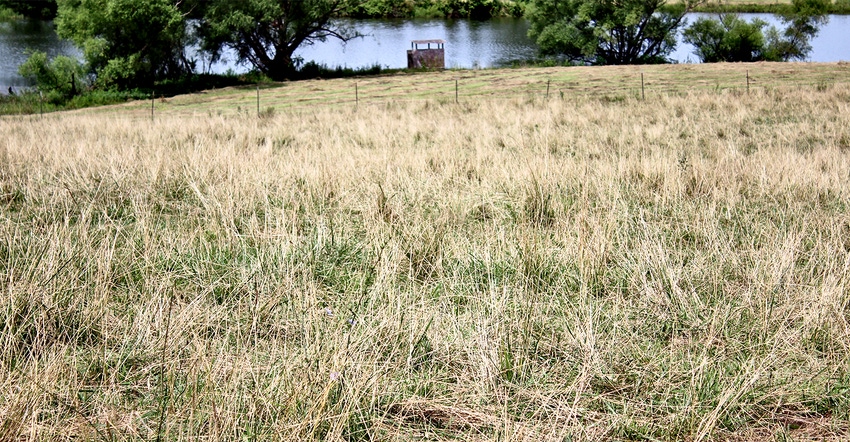April 13, 2018

Does it really make a difference when a pasture or hay soil test asks what kind of forage you have? You bet, says Pat Miller, University of Missouri Extension agronomy specialist
“Next time, before you answer, think about whether you have a legume in there and how much of it there is — or do you want to add a legume?” Miller says. “These things make quite a difference in the fertilizer and lime recommendation.”
Legumes, such as clover and lespedeza, add quality to the forage and provide most of the nitrogen that the field needs. They also dilute the effect of the fescue endophyte fungus. That’s why Miller suggests that unless you’re going for a fescue seed crop (yet a different soil test code and recommendation), or you are in the process of cleaning up your fields with some broadleaf herbicides, you probably want legumes in your field.
“If your pH and fertility are in good shape, the legume should provide the needed nitrogen,” she says. “Lespedeza can handle a lower pH than red or white clover.” So, if your pH is below 5.0, lespedeza may be a better choice than clover until your lime application has had time to work.
Don’t apply too much nitrogen
If you want a legume, don’t apply more than 20 to 30 pounds of nitrogen, or the grass may crowd out the legumes. It is also best to have it closely clipped or grazed, so the legume seedlings have enough sunlight.
If you get a soil test recommendation for a legume-grass mix, it assumes that you have at least a 25% legume stand. If you have a lower percentage, your nitrogen recommendation may not be enough for good grass growth. If you are going from straight grass to a legume-grass mix, you will have to cut your nitrogen application and sacrifice some grass yield that first year to get your legume established. In this case, use the overseeding recommendation on your test. This will recommend a little nitrogen, and a potash amount that won’t hurt the seedlings.
“If someone tells me they have trouble getting legumes to grow, my first two thoughts are that the soil pH and fertility are inadequate, or they are applying too much nitrogen and the grass is crowding out the legume,” Miller says. “A good soil test with the correct soil test codes should lead them in the right direction to correct the problem.”
Source: University of Missouri Extension
You May Also Like




